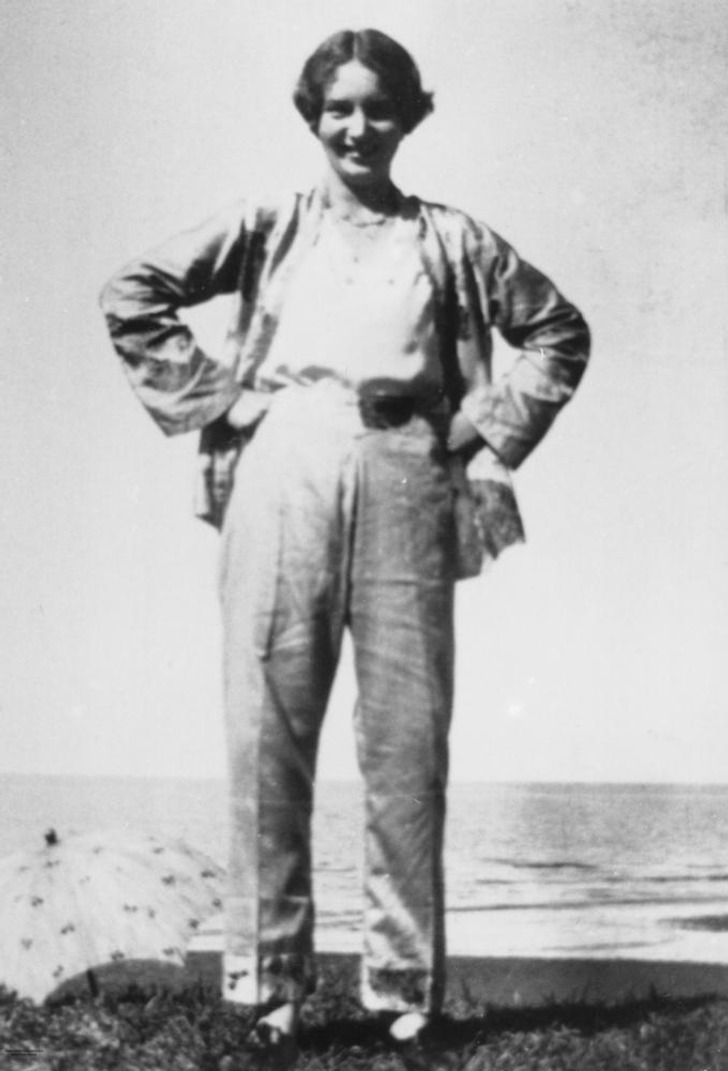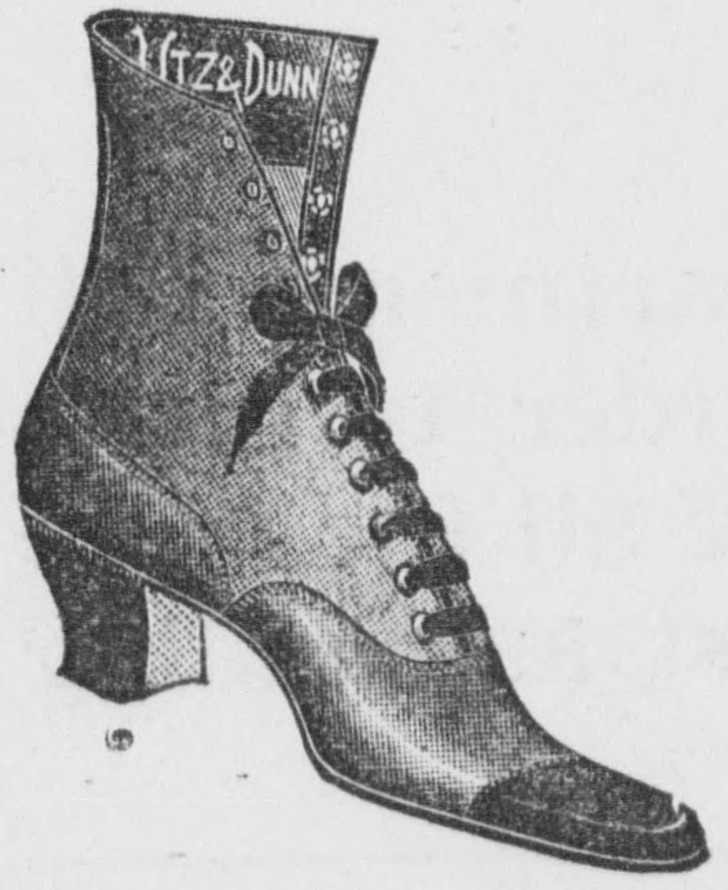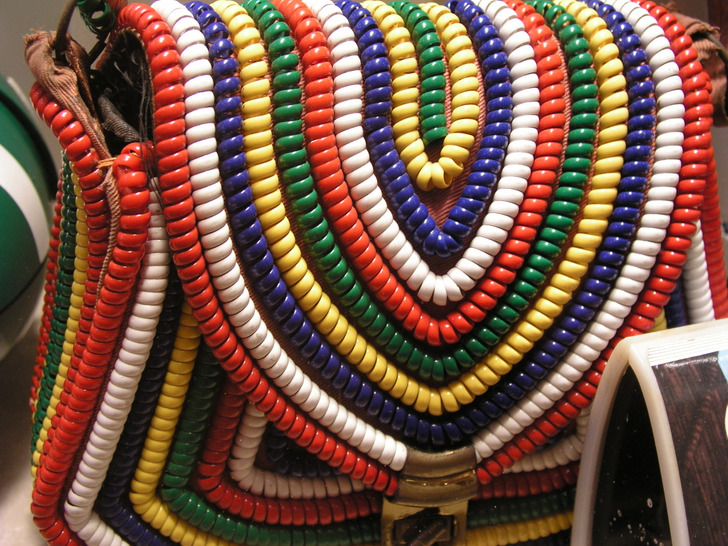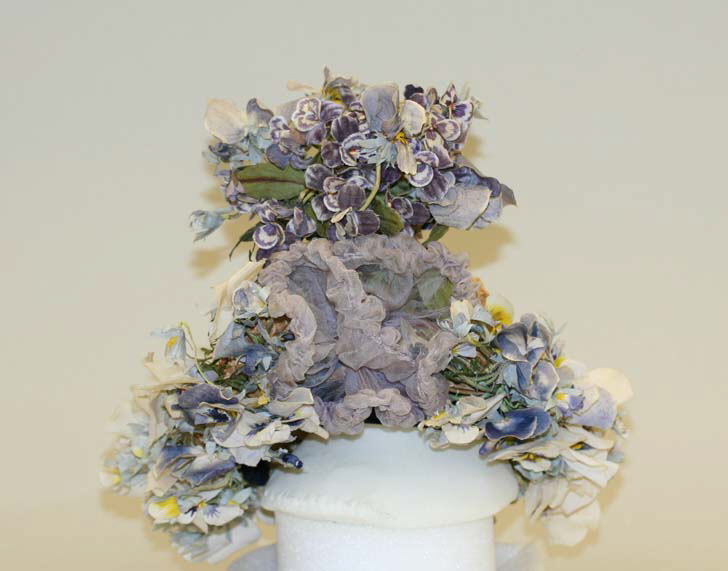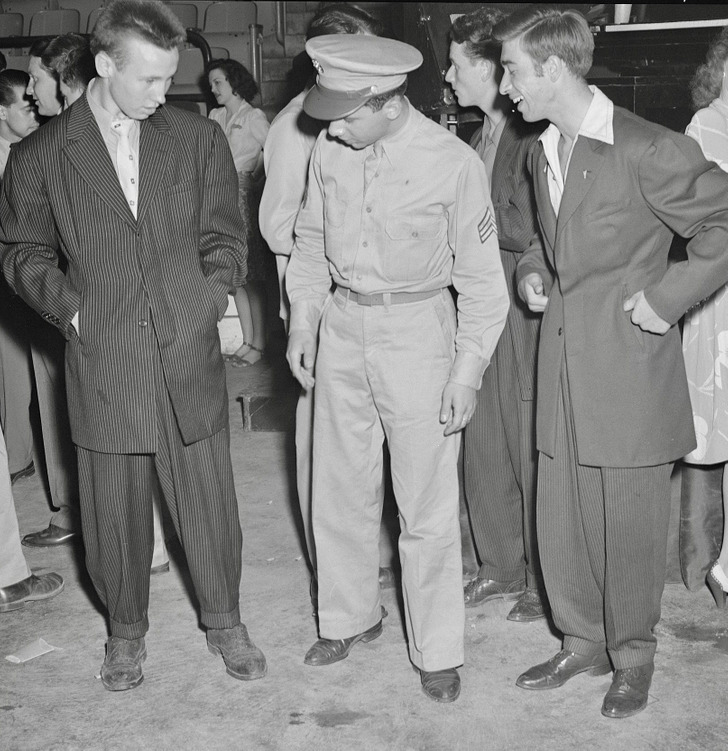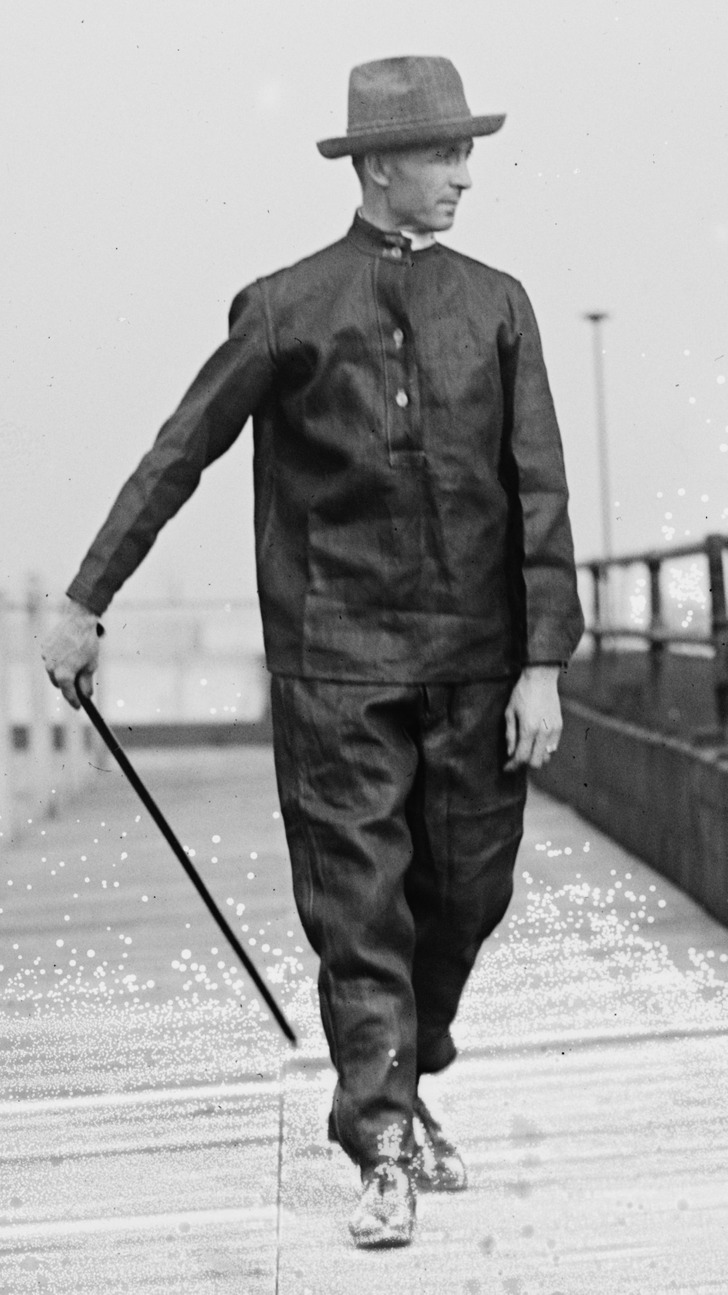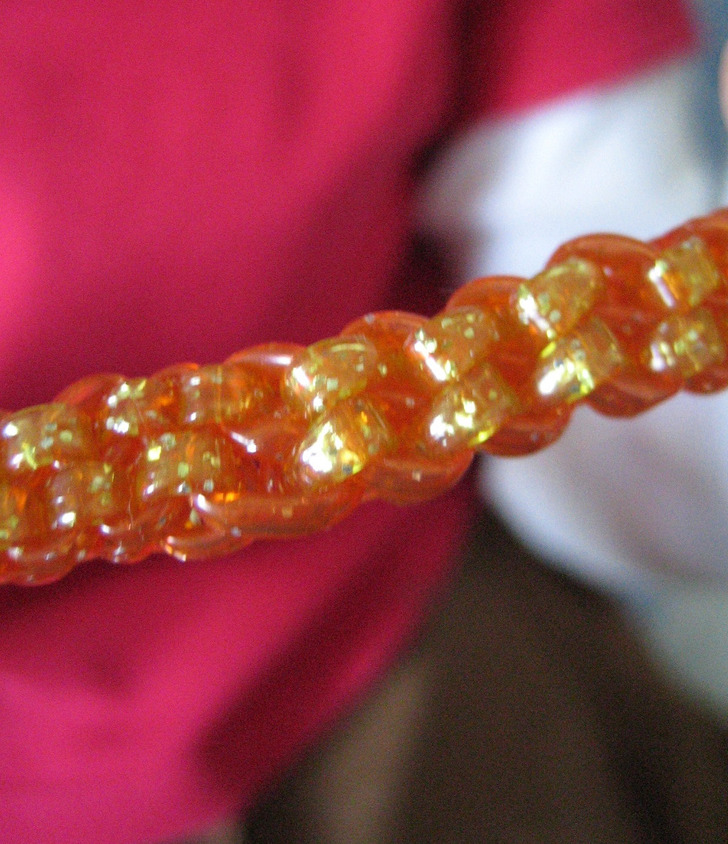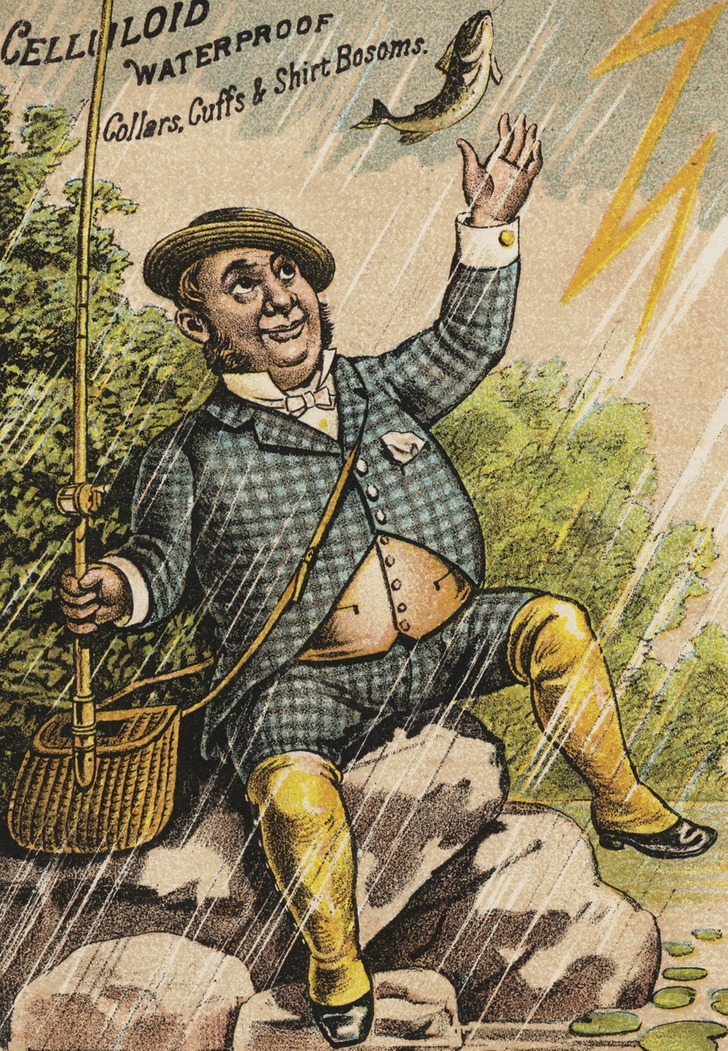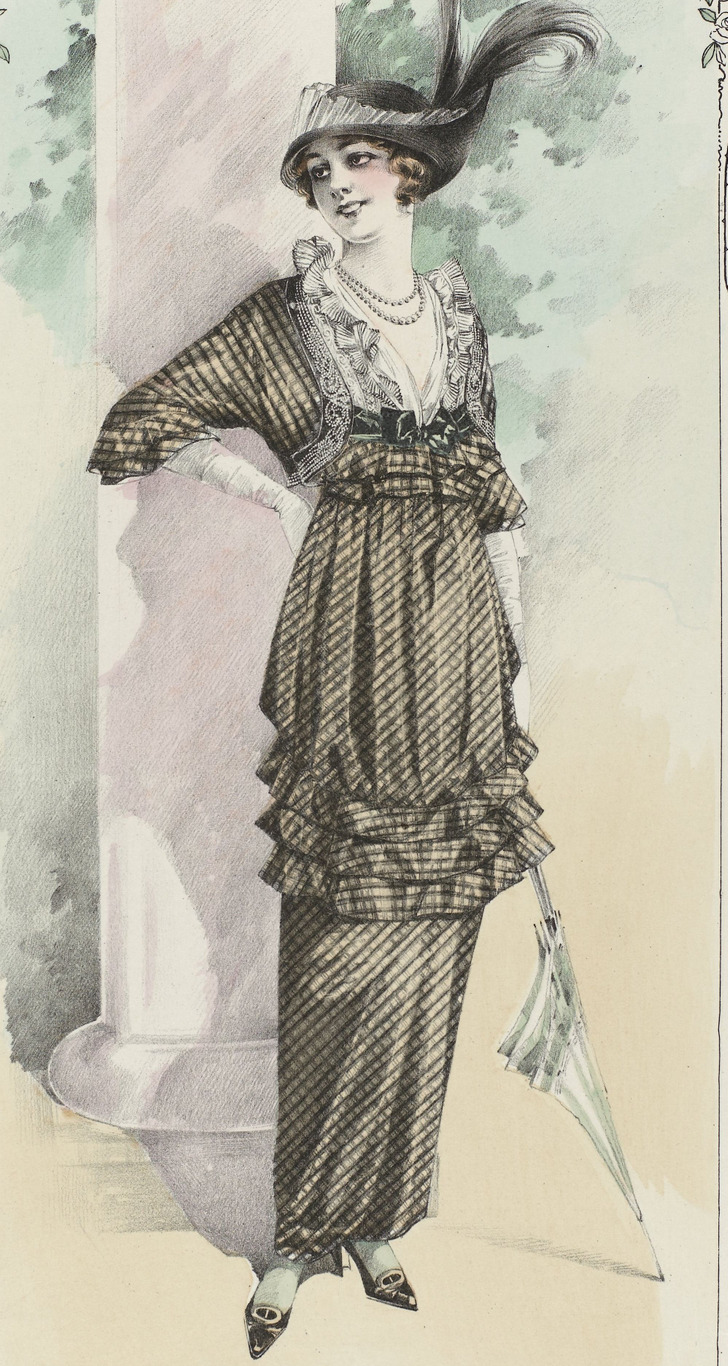12 Fashion Trends From Past Centuries That Have a Whole Story Behind Them
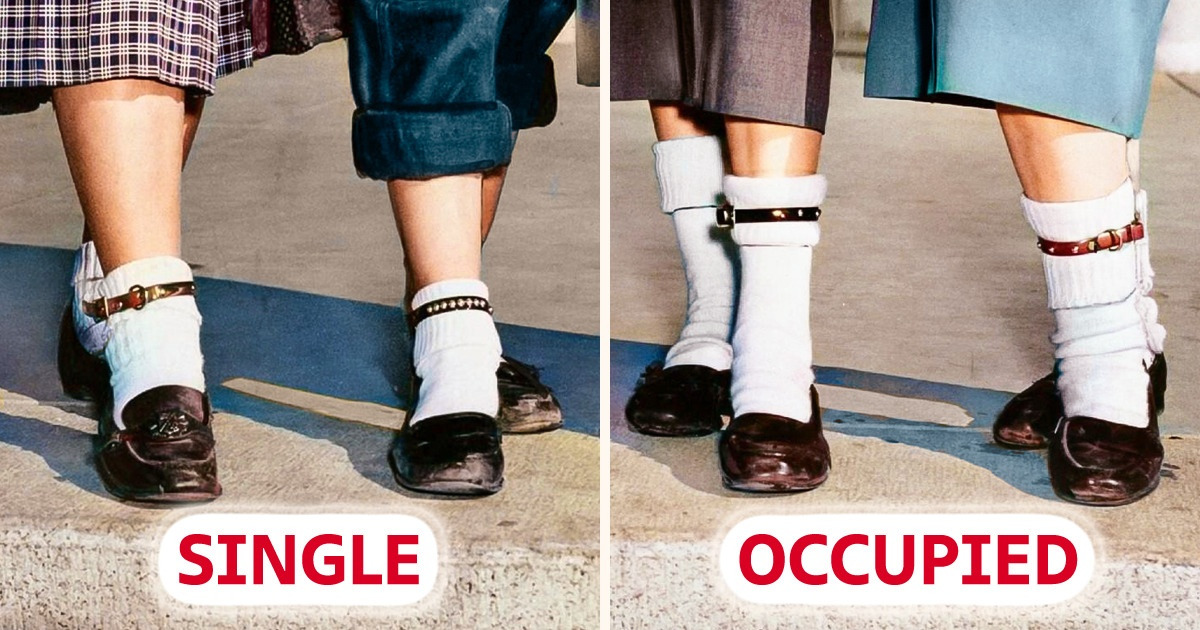
Some of the fashion trends of past centuries now seem more bewildering than delightful. However, people haven’t always been driven solely by reasons of looking attractive when creating their looks. There are some very ordinary reasons behind certain extravagant outfits and accessories.
Dog collars around the ankles

In the 40s and 50s, teenage girls didn’t have many ways of standing out from the crowd. That’s why jewelry and accessories were made out of what was readily available. So in 1953, the latest fashion trend was a thin dog collar tightened around the ankle over a sock. This was seen as a way for women to show their status to others. If the collar was on the right leg, the girl was single, if it was on the left one, that meant she had a boyfriend. However, the meaning of the signal could be reversed, depending on the city.
Bathing pajamas
In the 1930s, seaside resorts shone in bright colors. Holidaymakers wandered the beach wearing not swimsuits, but rather, special pajamas. The colorful garments were made of silk, crepe, or knitwear, and decorated with geometric, art-deco-style prints. A seaside holiday was the perfect excuse to dress up, and people made the most of it.
Removable tongues on shoes
In the 1930s the whole world was going through an economic recession, but women who wanted to look beautiful and fashionable didn’t let these circumstances stop them. Many ladies couldn’t afford to buy several pairs of shoes, so they refreshed their existing ones with removable tongues. These pieces were usually decorated with various fringes and sold in sets of different colours. Tongues were usually used with Oxford shoes, but there were variants for sandals and other types of shoes.
“Telephone” bags
In the middle of the 20th century, materials used to make handbags were in short supply, but telephone wires were produced in large quantities. Therefore, at some point, unusual accessories made of twisted cables appeared on shop shelves. “Telephone” bags looked bright and unusual, but they were only made for a few years.
“Four Stories and a Basement” hats
In the 1880s ladies’ hats gradually began to increase in size. The designs were usually made tall and narrow, decorated with ribbons, lace, flowers, and feathers. At some point, the accessories became so elaborate, and had so many tiers, that critics jokingly called them “Four Stories and a Basement.”
Zoot suits
Unusual men’s suits were in fashion from the 1930s to the 1950s. Historians are still unable to determine exactly who the author of this outfit was. A zoot suit was impossible to buy in a shop. Enterprising young people would simply buy a suit that was a couple of sizes larger and then carefully sewed them in strategic places by tightening the trouser and sleeve cuffs. These baggy and bulky outfits were a challenge on the one hand, but on the other hand, they allowed the young men to move freely as they danced.
Paper clothes
In the 1960s, paper dresses were at the height of popularity. Companies advertised these outfits as cheap and environmentally friendly. Any fashionista who bought a paper garment could throw it away after a couple of days without spending a fortune on washing and ironing. But this was nothing new, as suits and dresses made of paper appeared on the shelves as early as the 1920s. Although this material could be washed and re-worn, at the beginning of the century there was little interest in such clothes.
Dressy swimming caps
Once upon a time, swimming caps were more than just a useful item to protect your hair from the effects of chlorine or seawater. In the middle of the 20th century, ladies went swimming in real works of art. These rubber caps were fitted with artificial flowers, crystals, and other decorative elements.
Around the same time, housewife Betty Geib came up with the idea of depicting funny faces on the backs of the caps. She made a couple of them to amuse her children, but the trend was quickly picked up, and soon similar products became available in shops.
Boondoggle bracelets
Nowadays the word is used as a description of meaningless and useless labor, but originally it had a very different meaning. In the 1920s, boy scouts didn’t only go swimming, play, and have fun but also learned to weave belts and bracelets from plastic and leather threads. It was these kinds of crafts that were called boondoggles. The hobby of making these types of jewelry items regained popularity in the mid-20th century.
Rouge on the knees
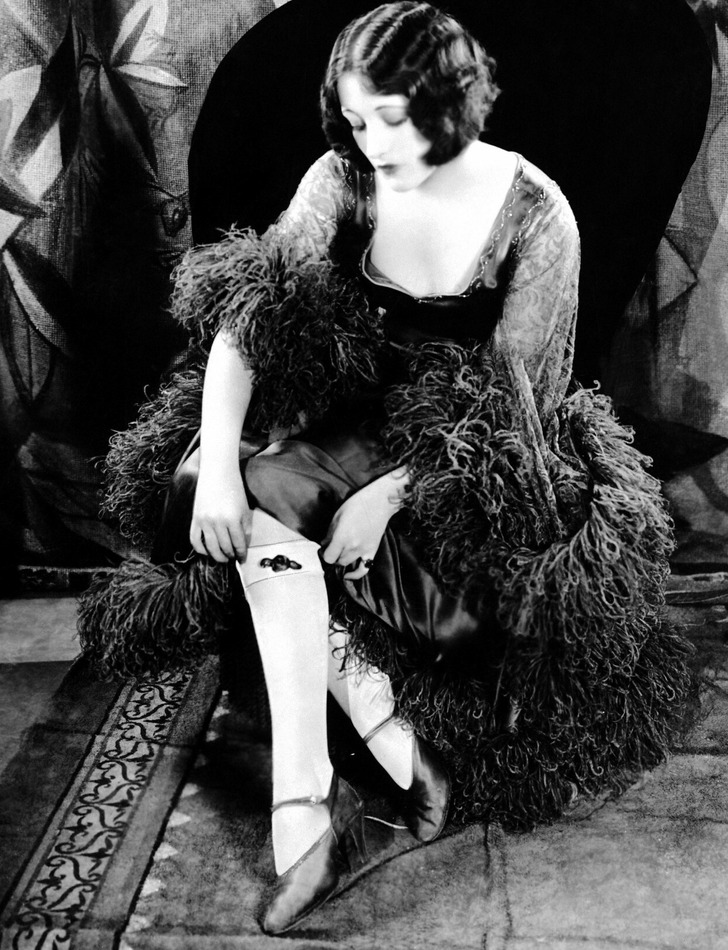
Until the 1920s, decent girls hardly ever used makeup. That all changed when the rebellious fashionistas, or flappers, came into the limelight. In addition, the invention of a few technological advances made makeup production easier. Young ladies and mature women began experimenting with powder, blush, and lipstick.
But the real fashionistas went a step further. Although knees don’t seem to be the most seductive part of the body, flappers exposed them in protest. They rolled up their stockings below the calf line, lifted the hem of the dress, and powdered their knees with a special rouge. Some girls even drew patterns or intricate paintings on their knees with oil paints.
Celluloid collars
Back in the 19th century, women discovered that detachable collars on men’s shirts made the chore of washing much easier. It was this part of the garment that got dirty much faster, so when collars could be cleaned separately from the rest of the laundry, the shirts themselves were washed less often.
By the end of the century, when celluloid was being produced on an industrial scale, they started making removable collars from this material as well. These collars held their shape perfectly and didn’t need to be washed or ironed, but they were rather unpleasant to wear.
Hobble skirts
Many believe that these outfits were a real challenge for ladies, as women had to literally shuffle in these dresses. The hobble skirts, while loose around the hips and knees, tapered toward the ankles and left little room for movement. But young ladies were, nonetheless, happy to flaunt this attire.
Hobble skirts offered more freedom than a crinoline or a corset and allowed fashionable women to maintain a respectable lifestyle. Some hobble skirts also had buttons, so that women could adjust the hemline, making it looser if needed. The world was quick to adapt to women’s changing fashion and as these dresses appeared, so did the lower steps on public transport and new models of cars.
What modern fashion trends are you perplexed by?
